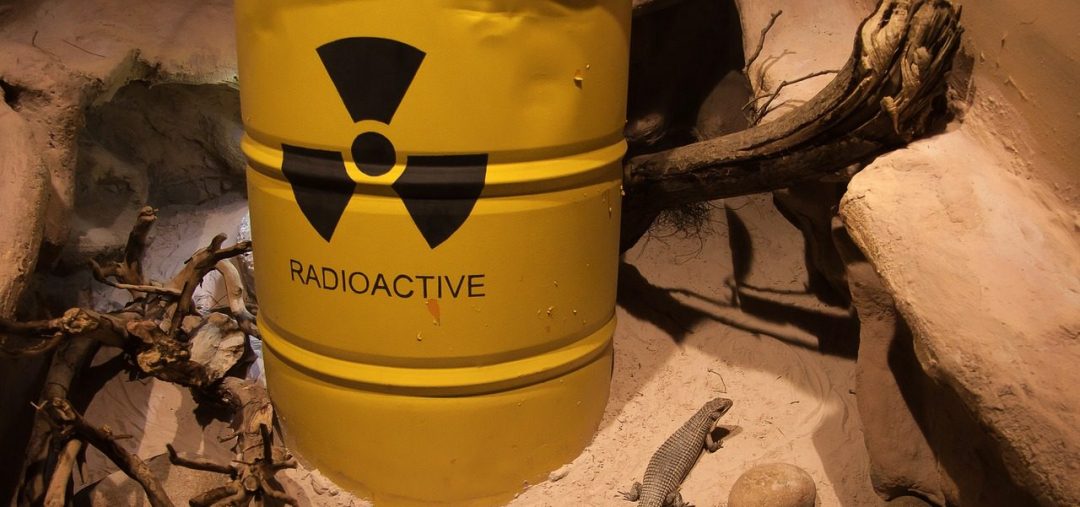Understanding Maya society through daily water management.


Understanding Maya society through daily water management.

The waste forms produced during the process of generating nuclear energy constitute a nearly intractable management problem because of technical and social factors.

Predicting and managing resources in a changing climate requires an understanding of plant-accessible subsurface water storage.

Various approaches for converting CO2 and H2O to liquid hydrocarbons using solar energy involve electro/photo/thermochemical catalytic processes and combinations thereof exist.

Imagine a scenario where CO2 greenhouse gas emissions could be used to desalinate briny water. This would be a creative way of killing two birds with one stone, namely helping to ameliorate global-warming-induced climate change and producing high quality water for agriculture and drinking purposes.

A team of Chinese researchers used a GASMAS optical spectroscopy technique to study the degree of freshness of unfertilized eggs and to distinguish unfertilized eggs from fertilized eggs.
If we consider models as hypotheses about how the hydrology is working, then testing models as hypotheses is one way of doing science in the inexact sciences.
In the “golden age” of molecular microbiology, modern molecular tools enable researchers to understand freshwater microbial communities in unprecedented detail by identifying and enumerating them, as well as determining their activity in the environment.

Mathematical modeling allows for the successful development of a high-energy, nutrient-dense food product for emergency aid.
![Nanostructured Water Treatment Membranes Based on Thermotropic Liquid Crystals [Video]](https://www.advancedsciencenews.com/wp-content/uploads/2018/02/advs20170405_ASN_image.png)
A team of researchers design sub-nanoporous, selective membranes for water treatment using self-assembled liquid crystal (LC) monomers. The membranes show salt rejection ability, ion selectivity, and excellent water permeability.